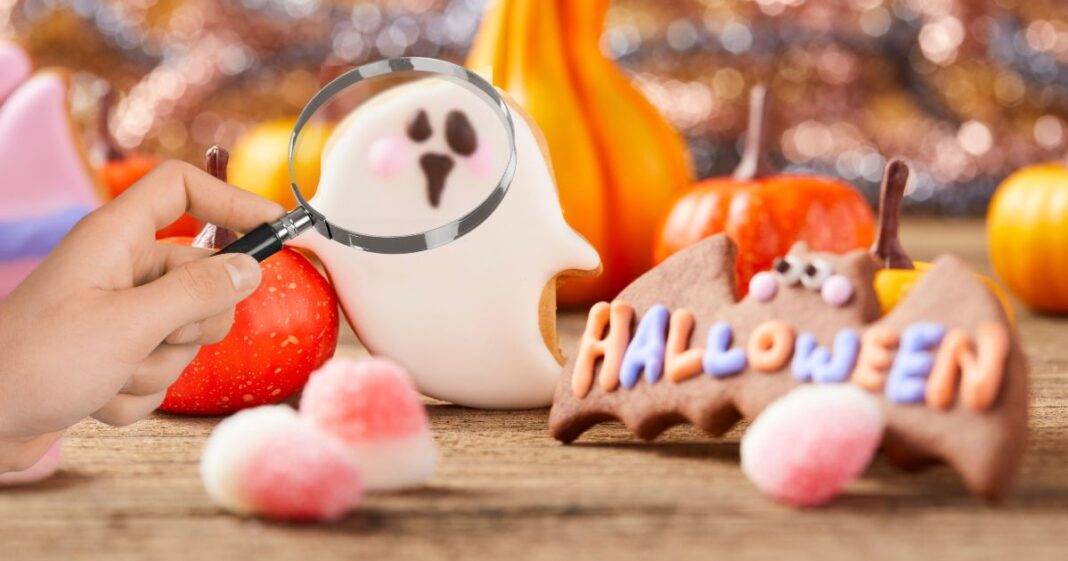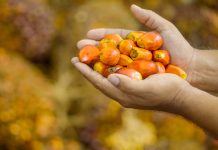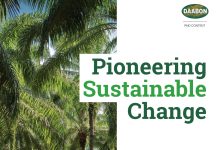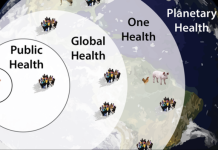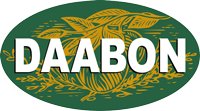The Unseen Ingredient in Your Halloween Haul: A Parent’s Guide to Sustainable Candy
As a parent, you check your child’s Halloween haul for open wrappers. But what about the ingredients that impact the planet? This year, one of the scariest things in that candy bowl is hiding in plain sight: unsustainable palm oil.
It’s the “vegetable oil” that gives many chocolate coatings their snap and fillings their creamy texture. Here’s the problem: much of this production is linked to deforestation, destroying habitats for endangered species like the orangutan.
You might look for a sustainability logo, but that’s no longer enough.
Key Statistic: Only about 20% of all palm oil is certified as sustainable. Worse, critics argue that the most common certification tier is a loophole that’s “not fit for purpose”.
At Palm Today, our mission is to cut through this confusion. To make a real difference, we must look “beyond the label” for brands that use transparent, verifiable, and truly deforestation-free palm oil.
Good sources do exist. This guide will show you how to identify quality palm oil and choose genuinely sustainable Halloween candy you can feel good about.
The “Greenwashing” Loophole: Why Not All RSPO Labels Are Equal
When you try to pick an ethical product, you likely look for a logo from the Roundtable on Sustainable Palm Oil (RSPO).
But here is the critical detail: there are different levels of RSPO certification.
The Problem: The “RSPO Mass Balance” Loophole
Most large brands use a low-tier certification called “RSPO Mass Balance”. This system does not guarantee that the palm oil in your candy is sustainable.
RSPO Mass Balance is an accounting system. It allows manufacturers to buy a mix of certified and uncertified palm oil, which is then combined in the supply chain.
This is the loophole. It allows companies to claim they “support” sustainable palm, even if the specific product you are holding contains oil from deforested areas. Activists call this “greenwashing”. This is the “weakened and diluted” system that has failed to protect forests.
A better certification is “RSPO Segregated,” where certified oil is kept physically separate from farm to product. This is the bare minimum for traceability. But the true leaders don’t stop there.
The Real Solution: What “Beyond RSPO” Actually Looks Like
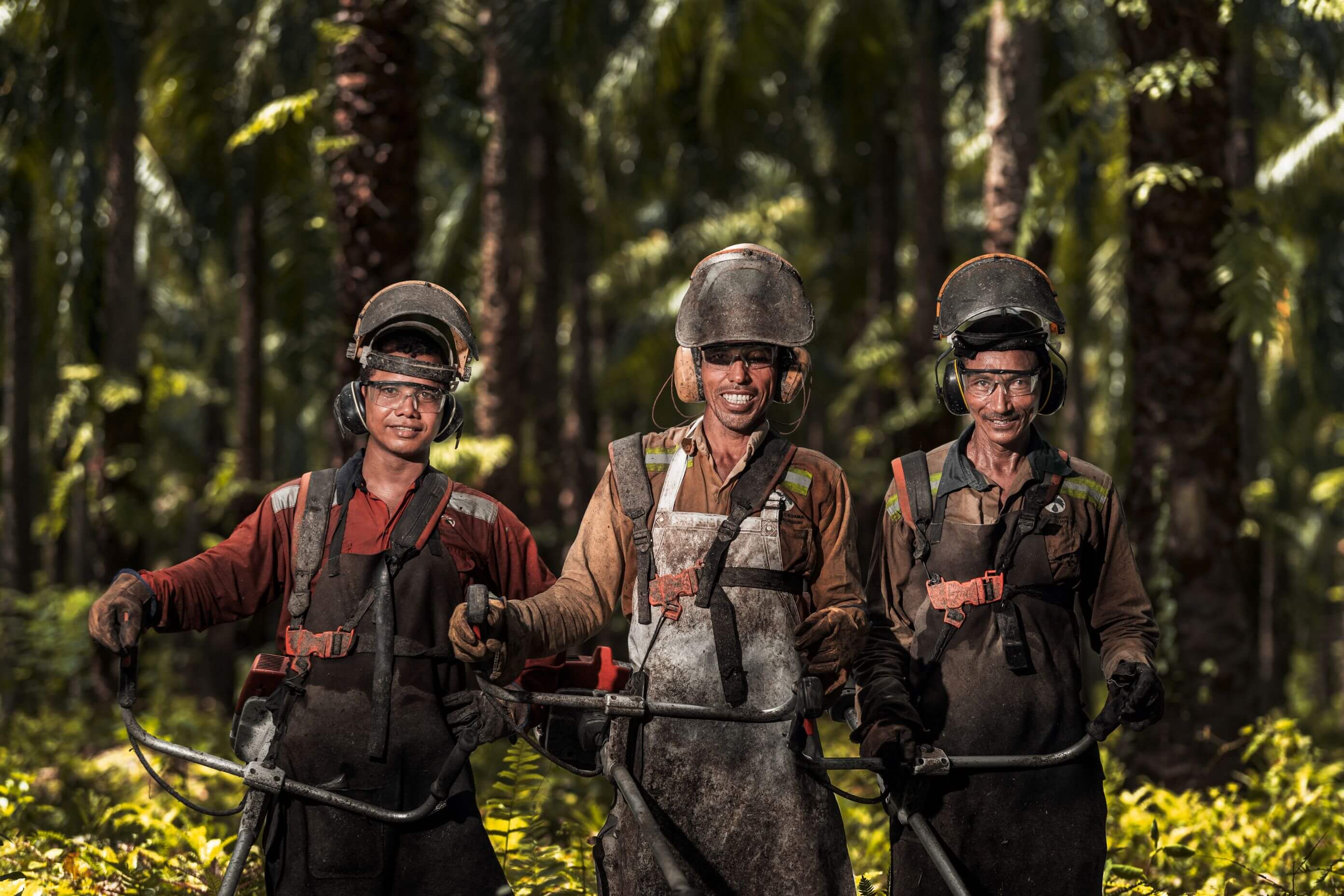
The new standard for ethical palm oil isn’t just one logo. It’s a commitment to verifiable, deforestation-free production that is layered with multiple, independent certifications. This is the new bar for why sustainable palm oil matters.
Case Study: How “Deforestation-Free” Is Verified
Producers like the Daabon Group are pioneering this higher standard. Their work shows what “truly sustainable” means in practice:
- Verifiable Location: Daabon operates in Colombia, part of America’s growing palm oil industry. This is critical because, unlike other regions, Colombia’s palm oil industry is 99% confirmed deforestation-free. This is a verifiable fact, not a “mass balance” mix.
- Climate-Positive Impact: They go beyond just “neutral.” Daabon has launched the world’s first Carbon Neutral Organic Palm Oil.
Here is the critical difference: Daabon’s process removes -977kg of CO2eq for every tonne produced. In contrast, conventional palm oil creates over +5,300kg of carbon, and even the average for RSPO-certified oil is +3,410kg.
- Transparent & Proven: Their claims are independently verified. Daabon was ranked top ranked in the world for its transparency and commitment to sustainability by SPOTT, an initiative of the Zoological Society of London.
This combination of a verifiable positive impact—RSPO Segregated, Organic, Fair Trade, Carbon-Neutral, and independently verified—is what conscious consumers can and should demand.
How to Be a Palm-Oil-Conscious Shopper This Halloween
Here are four simple steps you can take to make a difference with your sustainable Halloween candy choices.
Step 1: Check Your Favorites (The Nuance)
The situation is complicated. A brand isn’t always “good” or “bad,” as the ingredients can change between products.
For example, original Reese’s Peanut Butter Cups and milk chocolate M&M’s are often made without palm oil. However, the seasonal Reese’s Pumpkins and Peanut M&M’s (which use it for texture, much like in baking frostings) usually do contain it. Always check the ingredient list.
Step 2: Use a “Cheat Sheet”
You do not have to do this research alone. Many organizations track this for you.
- The Cheyenne Mountain Zoo offers a free PalmOil Scan mobile app that lets you scan barcodes in the store to see a brand’s commitment.
- The Woodland Park Zoo maintains a detailed sustainable palm oil shopping guide that ranks major brands on their real-world commitments.
Step 3: Look for Better Certifications
When you do buy products with palm oil, look for labels that go “beyond” the basic RSPO Mass Balance loophole. As we explain in our guide to certifications, this “stack” of labels represents a much higher standard:
- Palm Done Right: A standard that ensures palm oil is 100% organic, deforestation-free, and fair trade.
- USDA Organic: The best sustainable producers often carry this certification.
- Fair Trade USA: This label confirms that producers and farming communities are ethically supported.
- Rainforest Alliance Certified: This shows the farm meets strict standards for protecting biodiversity and habitats.
Step 4: Understand All Your Options (Including Palm-Oil-Free)
When you’re in a hurry and can’t check certifications, the simplest-looking choice is to buy treats that are completely palm-oil-free.
However, this “boycott” approach can be problematic. Palm is the most efficient vegetable oil on earth. Switching to other oils (like soy, coconut, or rapeseed) often requires up to 10 times more land to produce the same amount of oil, which can actually increase deforestation.
The most powerful choice is not to run from the problem, but to fix it by supporting the producers who are doing it right (like those in Step 3).
But if you are in a pinch, here are some brands that are typically palm-oil-free:
- Smarties
- Sour Patch Kids
- Tootsie Rolls
- Swedish Fish
Frequently Asked Questions About Palm Oil in Candy
Q: What is the main problem with palm oil in Halloween candy?
A: The main problem is unsustainable sourcing. Much of it is linked to deforestation, and “greenwashing” labels like “RSPO Mass Balance” can hide this from consumers by mixing certified and uncertified oil.
Q: Is all RSPO-certified palm oil “greenwashing”?
A: No. “RSPO Mass Balance” is the common loophole that allows greenwashing. “RSPO Segregated” is a much better, traceable certification that ensures the oil is kept separate. The best brands use “Segregated” as a starting point and add more certifications like Organic and Carbon Neutral.
Q: What is a palm-oil-free Halloween candy?
A: Many non-chocolate or gummy candies are palm-oil-free. This often includes brands like Smarties, Sour Patch Kids, and Swedish Fish, but you should always check the ingredient label to be sure.
Conclusion: Vote with Your Candy Bowl
It is a fact that palm oil is in most of our favorite Halloween candies, often hidden in the creamy fillings and chocolate coatings. Unfortunately, as we have learned, the standard “RSPO Mass Balance” label is not enough to stop deforestation.
As conscious consumers, we have the power to support the producers who are proving their commitment. We can use our purchasing power to reward companies that go beyond the loophole.
This means choosing brands that use palm oil from producers who are:
- Independently ranked #1 for transparency
- Offering certified carbon-neutral products
- Operating in verifiably deforestation-free regions
This Halloween, let’s give our kids treats that are sweet for them and safe for the world’s forests.


